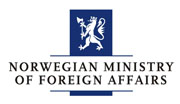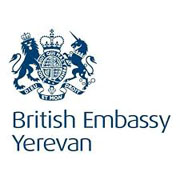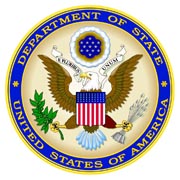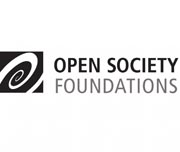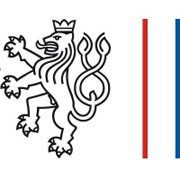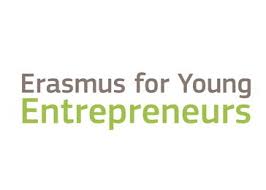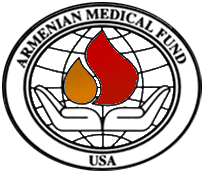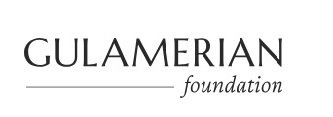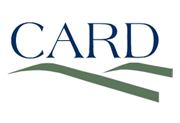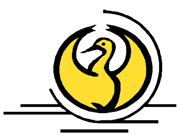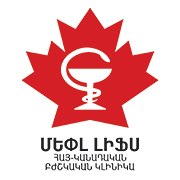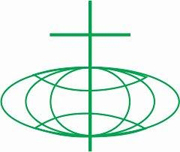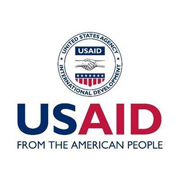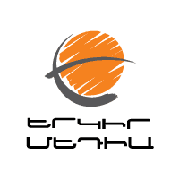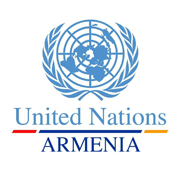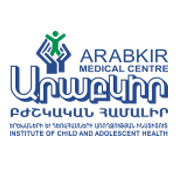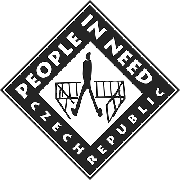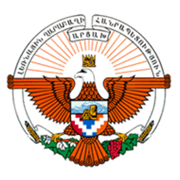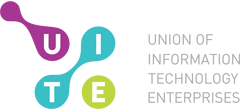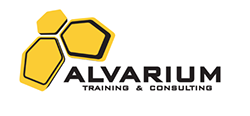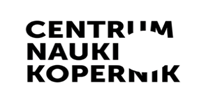May 20, 2008
It is very gratifying to realize that one’s support for improving peoples’ lives is, in fact, doing that. It is even more gratifying to witness how one’s support serves as a catalyst for further improvements.
With funds provided by the American People through the United States Agency for International Development (USAID), the Primary Healthcare Reform Project (PHCR) helps improve quality and accessibility of primary care in Armenia. To increase effectiveness and efficiency in the use of funds, the Project not only coordinates activities with other donor organizations, but, where possible, also endeavors to leverage and mobilize outside resources.
In the fall of 2007, PHCR teamed up with Jinishian Memorial Foundation (JMF) to strengthen primary healthcare in rural Armenia. The JMF was established by the bequest of Vartan H. Jinishian, an American Armenian, and registered as a local charity organization in 1999 with the purpose of supporting durable solutions to Armenia’s social and economic problems. As part of its activities, JMF supports improvements in primary care in rural Armenia and recognized that by collaborating with PHCR could produce synergistic results. Learning that PHCR trains rural nurses countrywide, JMF agreed to support this process by training nurse clinical preceptors, contributing to the nurse training budget, publishing some of the training materials, and providing glucometers with strips for medical kits distributed to rural primary care providers. In 2007 and 2008, JMF contributed US$ 62,000, and will continue the support until PHCR completes rural nurse training in all regions of Armenia.
PHCR also raised other Diaspora funds to further enhance rural health infrastructure upgrades. As the Project announced that it would renovate the interior of the health post in Zovashen community (Kotayk region), Ms. Sonya Artinyan, an Armenian living in Toronto, Canada, volunteered to donate US$ 2,250 for the reconstruction of the health post’s roof. Thanks to Ms. Artinyan’s contribution, the renovated interior of the health post is now safe from roof leaks and will last much longer.
No less importantly, communities themselves, too, became motivated by PHCR work. While renovating primary healthcare facilities in Lori, Shirak, Tavush, Gegharkunik, and Kotayk regions, the Project succeeded in obtaining input from all 78 target communities. Even despite the severely limited funds and personnel, in particular, in rural areas, community contributions, direct and indirect, totaled nearly AMD 85 Million (approximately US$ 280,000). Interestingly enough, health post related improvements often serve as an incentive for the communities to initiate renovations of other community infrastructure. The involvement of communities not only helped boost the effect of PHCR-supported improvements, but it also helped place the owner-ship of the upgrades in the hands of the community, thus enhancing greater sustainability.
As the Project moves to other regions, it will keep seeking yet other sources of funding, for even greater results and lasting impact.









